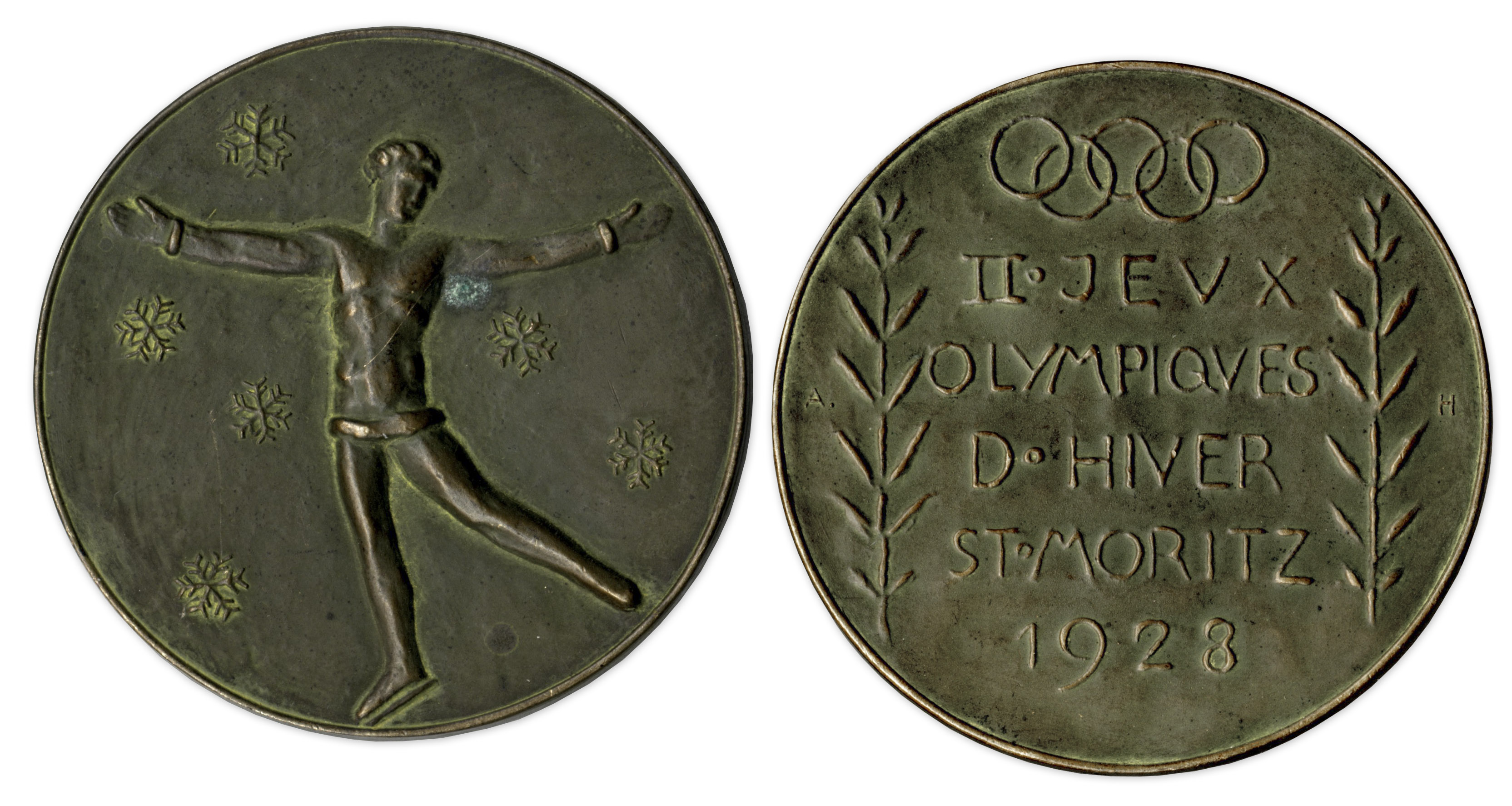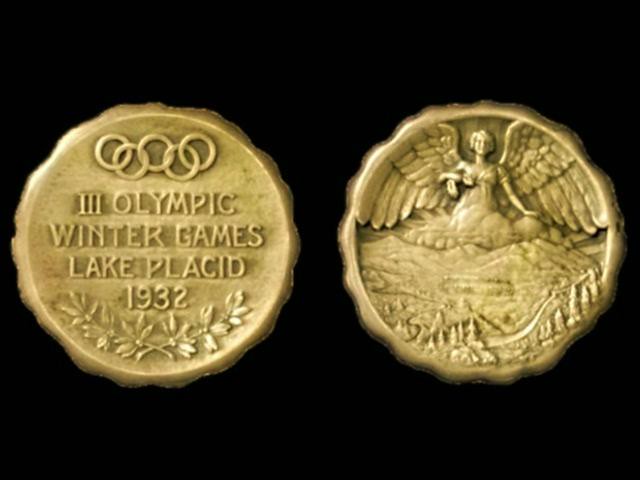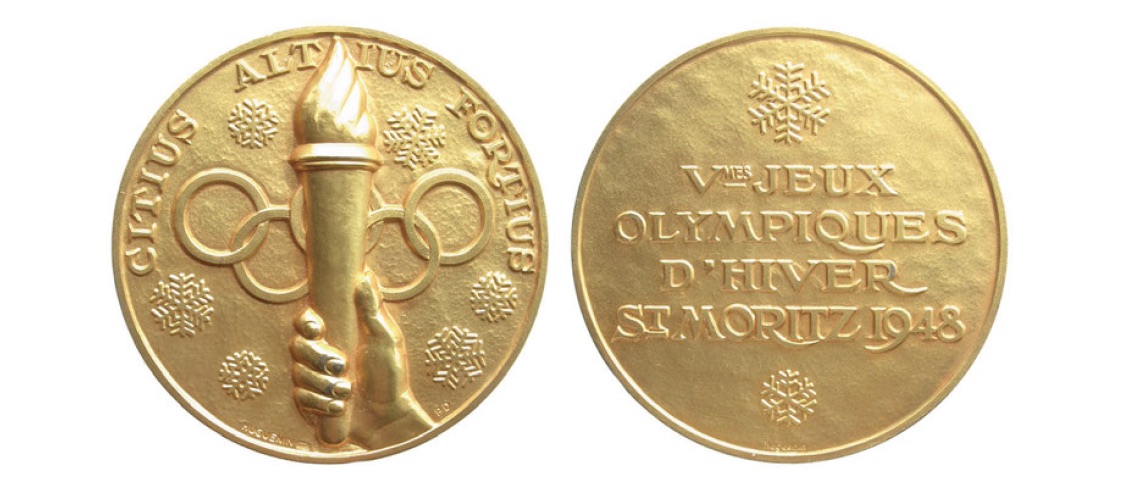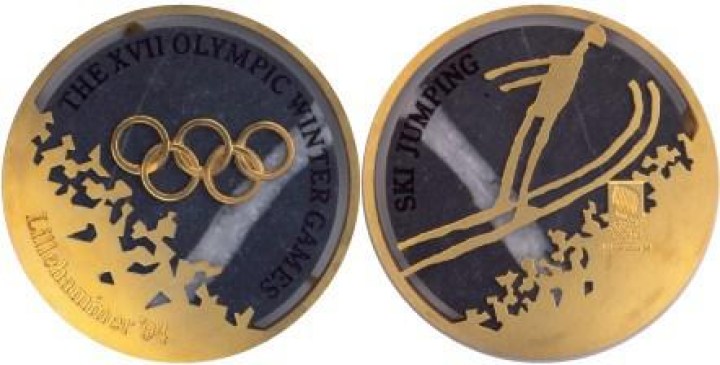Across 24 editions of the Winter Olympic Games, the medal has risen to become a symbol of the highest achievement in sport. First introduced for the first edition of the modern Olympic Games in 1896, the Olympic medal has a longstanding tradition associated with it.
Related Articles:
Unlike Summer Olympic Medals, the International Olympic Committee (IOC) has fewer regulations on the design of Winter Olympic Medals. While medals for the Summer Olympic Games must be made of certain materials, have a set diameter and thickness, and be circular, the IOC currently does not have any such restrictions on medals for the Winter Olympics. As a result, medals for the Winter Olympics have traditionally been more varied in design than those for the Summer Olympics.
For the first edition of the Winter Olympics in 1924, the medals did not even feature the Olympic logo, instead having an image of a skier on one side and information about the Games on the other. In fact, the rings were not featured on the Winter Olympic Medals until the 1936 Winter Olympic Games in Germany. The medals for both the 1972 Winter Olympics and the 1984 Winter Olympics were notably square-shaped, differing from the traditional circular-shaped medals presented at the Games. The medals for the 1992 Winter Olympic Games were the first to feature the use of glass in the design, with the glass designed to highlight the Olympic Rings alongside mountains. Following this trend, the medals for the 1994 Games used Sparagmite to depict the Olympic Rings and the medals for the 1998 Games used lacquer in their design. Notably, the medals for the 2018 Winter Olympic Games were the first to feature writing on the edges of the medal, as the words “Olympic Winter Games Pyeongchang 2018” were written out in both English and Korean on the edges.
Winter Olympic Medals Index:
| Year | Location | Medals (front/back) via IOC |
| 1924 |
Chamonix, France
|
 |
| 1928 |
St. Moritz, Switzerland
|
 |
| 1932 |
Lake Placid, New York
|
 |
| 1936 |
Garmisch Partenkirchen, Germany
|
 |
| 1948 |
San Moritz, Switzerland
|
 |
| 1952 | Oslo, Norway |  |
| 1956 |
Cortina d’Ampezzo, Italy
|
 |
| 1960 |
Squaw Valley, California
|
 |
| 1964 |
Innsbruck, Austria
|
 |
| 1968 |
Grenoble, France
|
 |
| 1972 | Sapporo, Japan |  |
| 1976 |
Innsbruck, Austria
|
 |
| 1980 |
Lake Placid, New York
|
 |
| 1984 |
Sarajevo, Yugoslavia
|
 |
| 1988 |
Calgary, Canada
|
 |
| 1992 |
Albertville, France
|
 |
| 1994 |
Lillehammer, Norway
|
 |
| 1998 | Nagano, Japan |  |
| 2002 |
Salt Lake City, Utah
|
 |
| 2006 | Torino, Italy |  |
| 2010 |
Vancouver, Canada
|
 |
| 2014 | Sochi, Russia |  |
| 2018 |
Pyeongchang, South Korea
|
 |
| 2022 | Bejing, China |  |

Nice. A lot more variety in shapes and materials compared to the “sacrosanct” Summer Games.
I especially liked the 1992 Albertville and 2006 Torino medal designs.